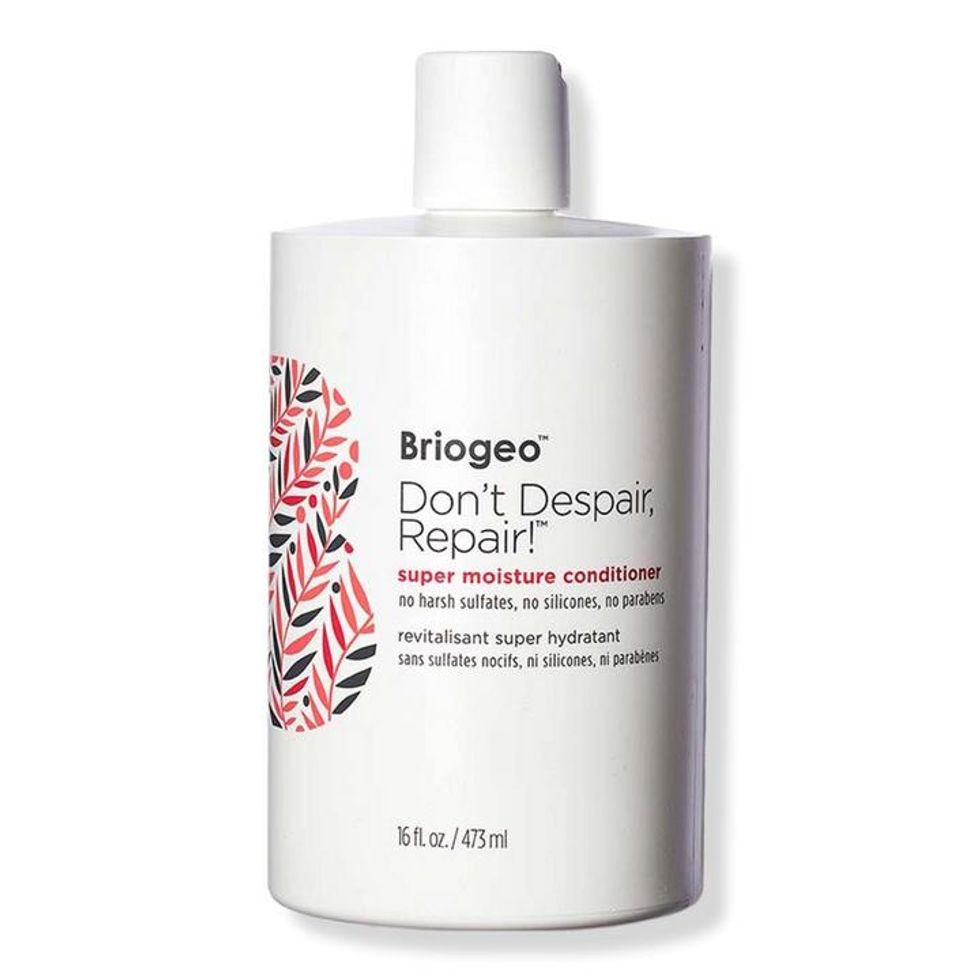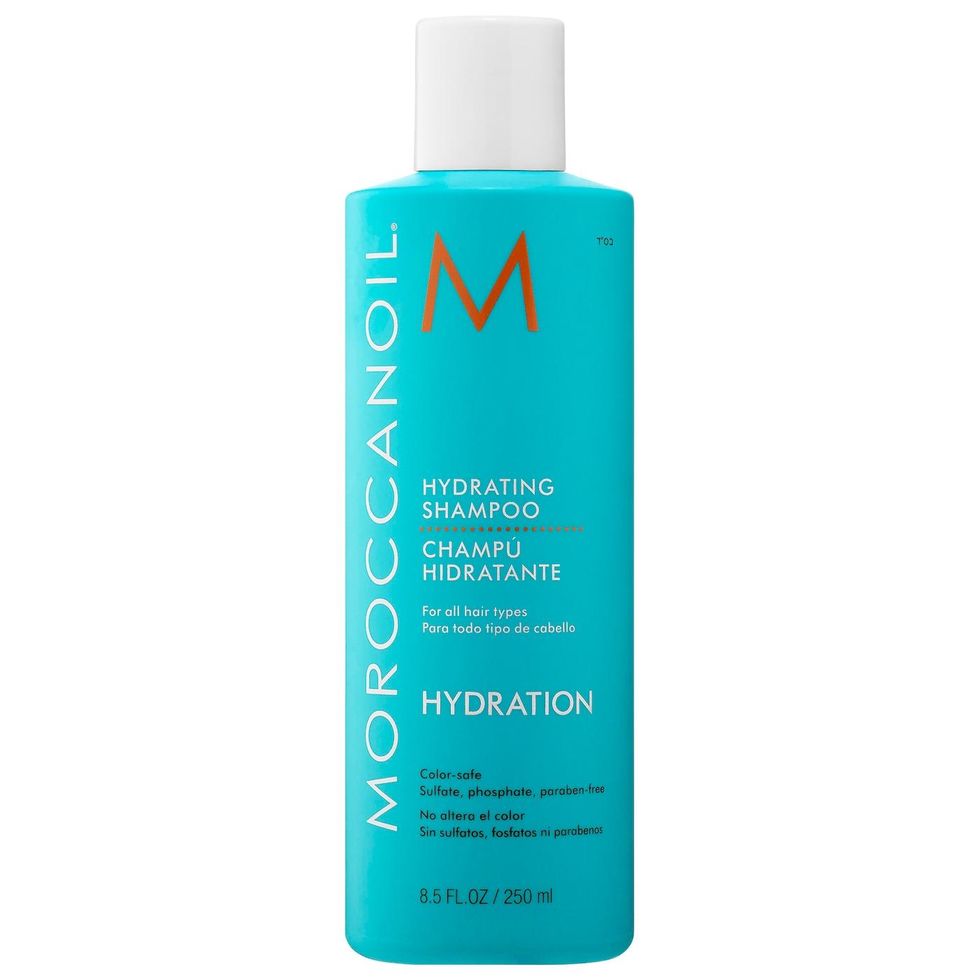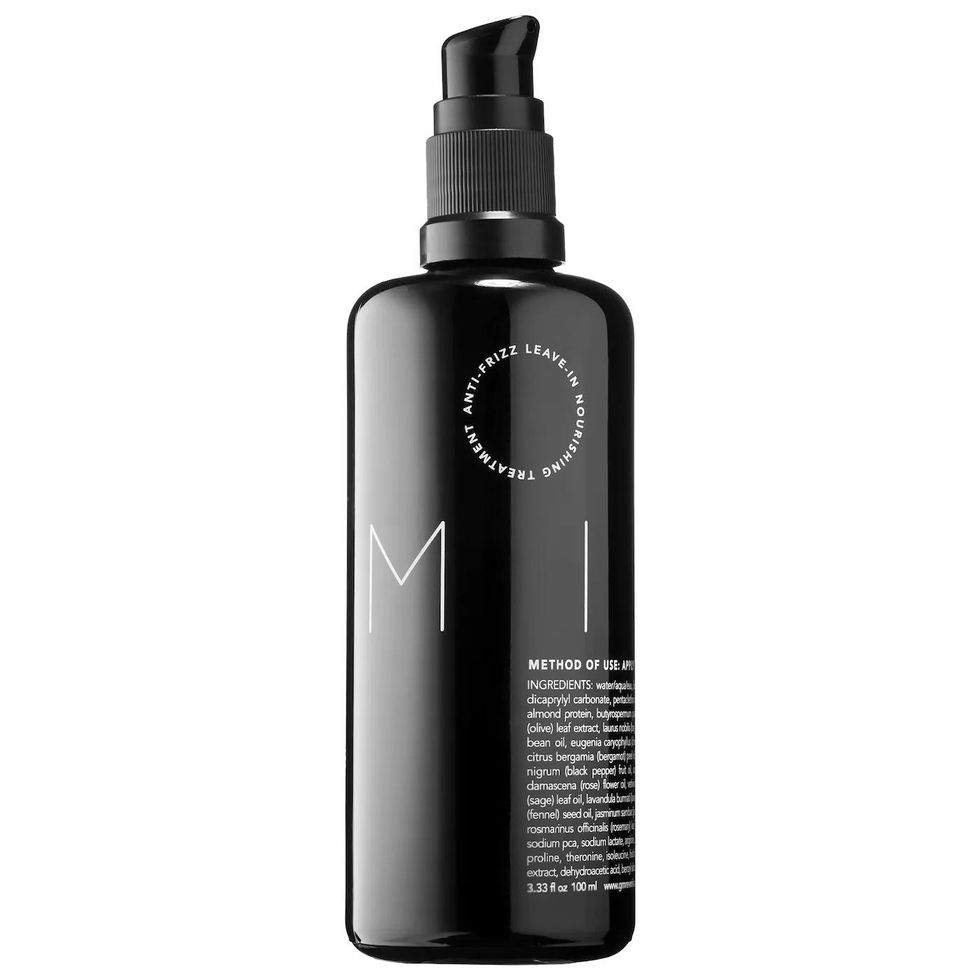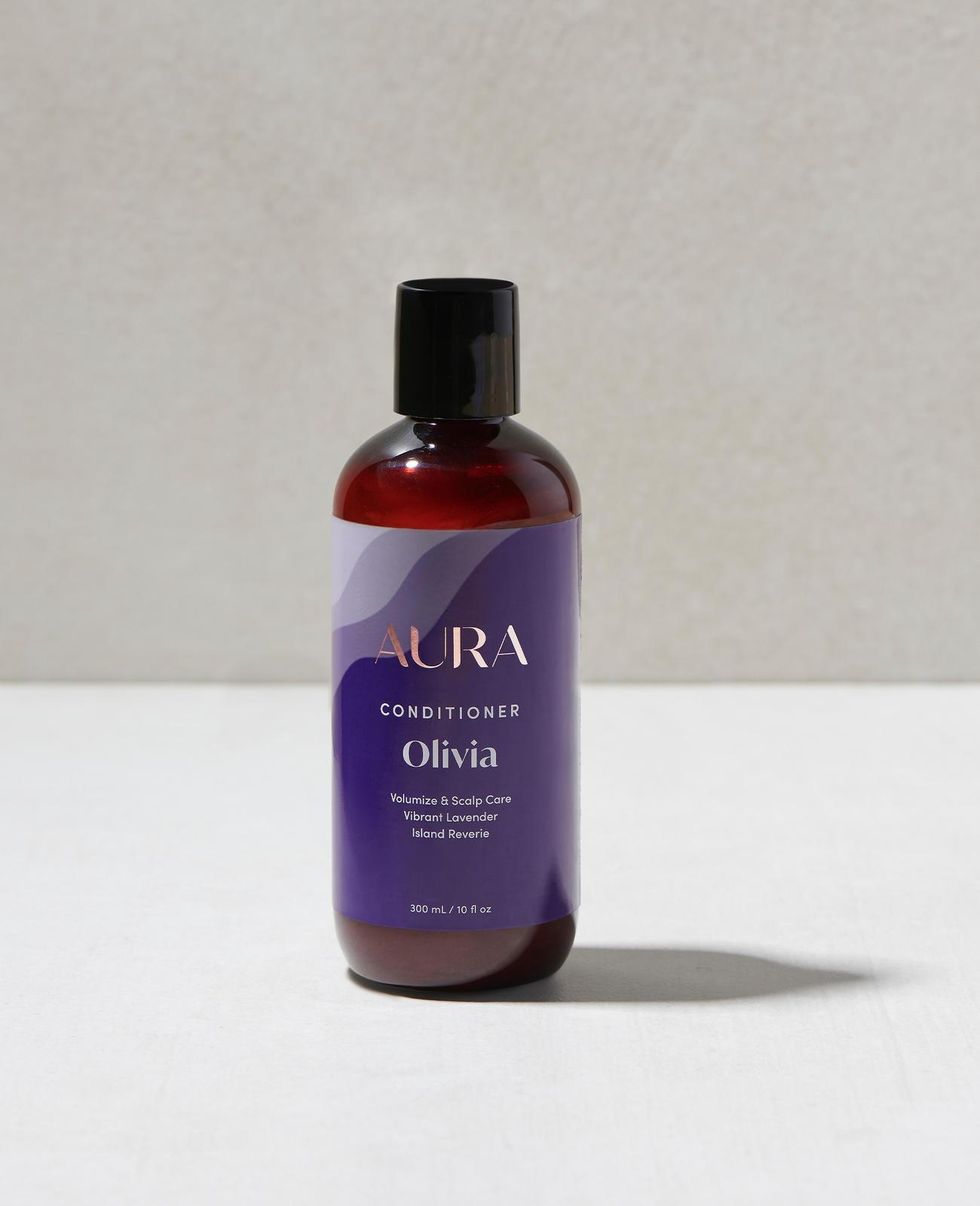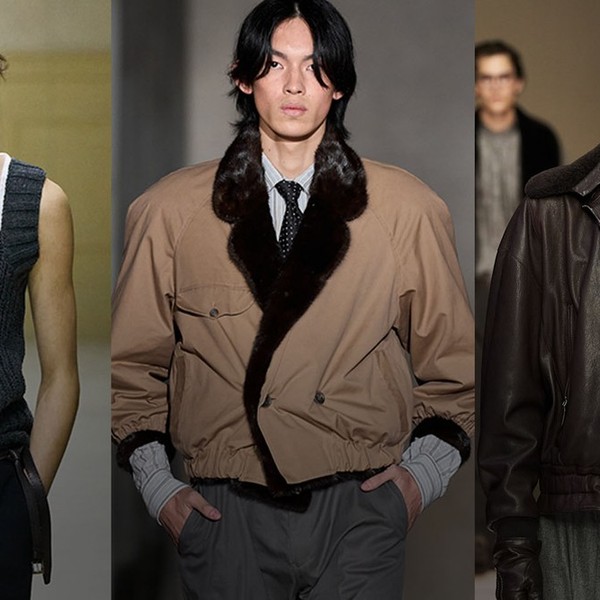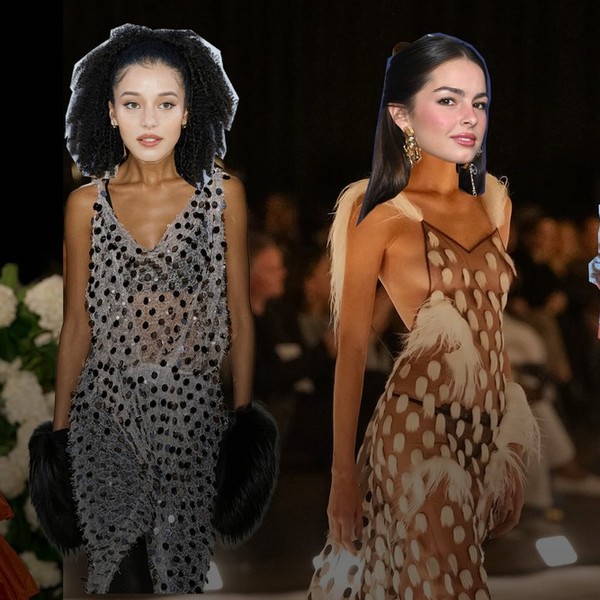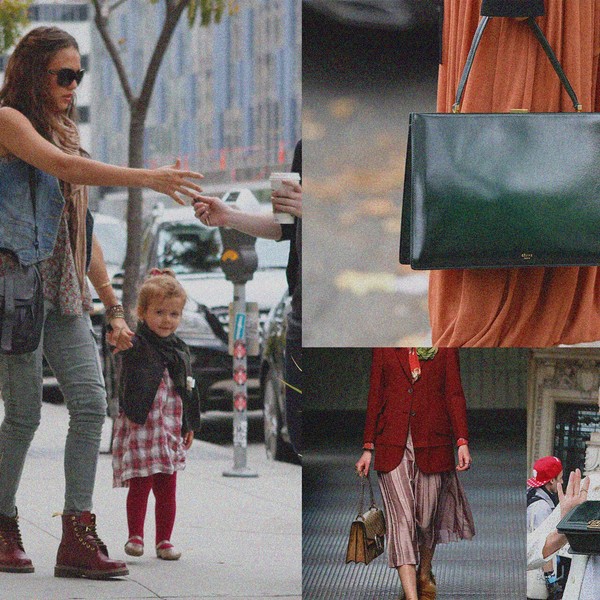I Tried the Reverse Hair Washing Trend
Should conditioner really go before shampoo? TikTok says yes, experts say otherwise.
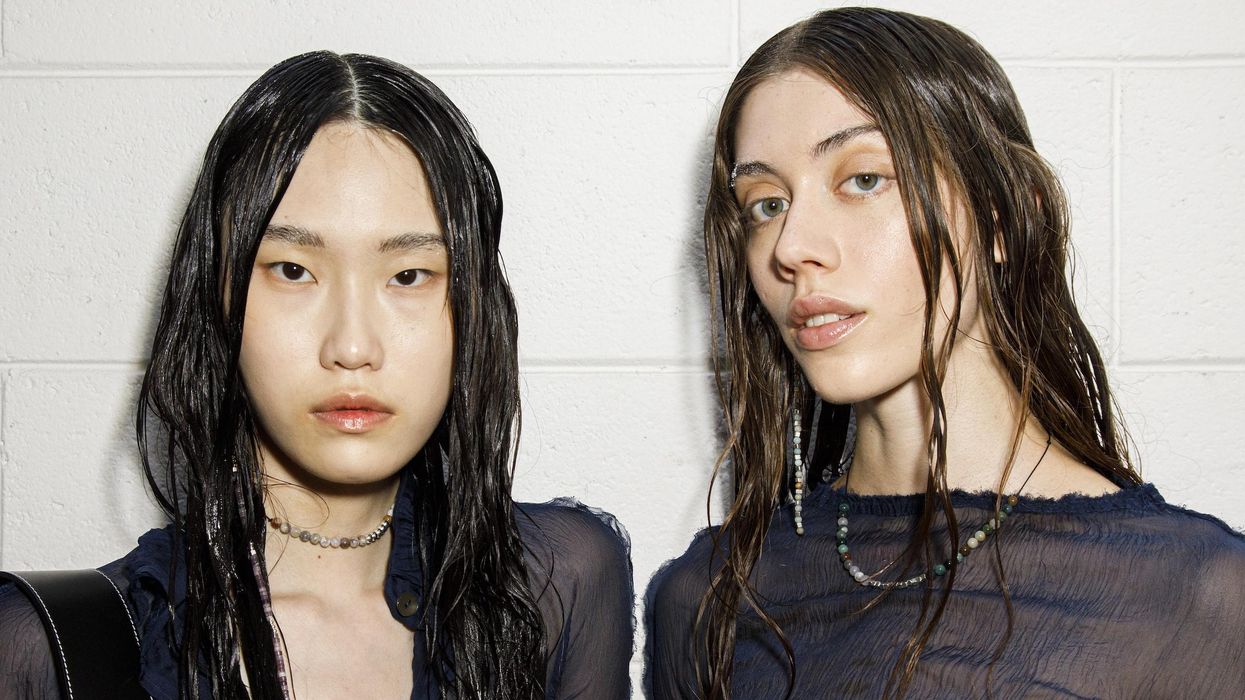
Certain beauty rituals are open to interpretation, others are etched in stone. I would venture to say that the process of applying shampoo before conditioner is a solid sequence that isn’t often toyed with. But TikTok beauty enthusiasts have literally flipped this on its head with the concept of reverse washing: the process of conditioning the hair before shampooing it to achieve silkier results.
I’ve been online long enough to know that not every trend is worth trying, but this piqued my interest because it’s being toted as a hack for upping moisture retention, reducing shedding, and cutting detangling time in half—yes, yes, and yes, please. But like other TikTok trends, it’s important to look at reverse washing through a critical lens. If conditioning the hair before applying shampoo reaps as many benefits as people on the app claim it does, why haven’t we been doing this all along? And isn’t the whole point of conditioner to restore moisture that’s stripped away by shampoo?
To quell my curiosity, I tapped two experts for their take on the trend, then tried it out for myself. Keep reading to see what experts say about conditioner and shampoo swapping spots in your lineup.
How Does Reverse Washing Work?
While I was mulling over whether or not I should give reverse washing a try, I came across an explainer that cosmetic chemist Tonya Lane shared last spring. From a scientific standpoint, she’s skeptical of the trend.
“There’s a reason why we traditionally do shampoo then conditioner,” she says in the video. “Shampoo does a great job of cleansing the scalp, but not so much on the cuticle, hence the reason why we follow up with a conditioner.” She went on to explain that shampoos have cleansing surfactants that carry negative energetic charges. When left on the cuticle, it makes them dry and frizzy—that’s where conditioner comes in. “Conditioner comes in to save the day and smooths the cuticle because it has positive charges that attract these negative charges and balance everything out.” This balance is why conditioner is known to soften and detangle. If the process is reversed, the negative charges remain on the cuticle.
When we asked Lane to elaborate on her take, she said that applying conditioner before shampoo can wash off the conditioner’s softening properties entirely. “The majority of the conditioning ingredients are oil soluble, like behentrimonium chloride and cetyl alcohol,” she tells Coveteur. “So when we apply a shampoo onto our hair during reverse washing, we’re removing the conditioning film that smooths and softens the cuticle. With more harsh cleansing surfactants, like sodium lauryl sulfate, more conditioning film will be removed.”
Who Can Benefit From Reverse Washing?
There are, however, some hair types that can benefit from reverse washing. Genevieve Barnoski, lead stylist at AURA Personal Hair Care, says that the conditioner-shampoo method is most ideal for thinner hair textures. “Anyone with fine, thinning, or damaged hair can benefit from first using conditioner and then shampoo,” she explains. “Conditioners can often weigh down thinner hair, so since it’s being used first, it can help to make the hair look fuller.”
Lane agrees that finer textures can benefit from this, but recommends sandwiching shampoo with conditioner before and afterwards, instead of just beforehand. “The whole point of reverse washing is to reduce product buildup and heavy feeling hair that can occur during the conditioning process,” Lane says. “Finer hair textures can benefit from the lack of buildup by reverse washing since technically there will be less product on the hair. However, this technique can lead to dry and damaged hair if a conditioning product is not applied afterwards—whether that's in the form of a traditional conditioner or leave-in conditioner.” Capping off your wash day with conditioner can also balance out the negative charge that shampoo leaves behind, but Barnoski suggests avoiding conditioner on the roots to keep product buildup at bay.
@audreyvictoria_ Reply to @fatima_2904x how i keep my hair frizz free in the summer humidity 🥵 #hairtok #haircareroutine
@finesse_queen95 Reverse Washing#CustomersMostLoved #naturalhair#fypシ#fyp#naturalhairtips#fy #blackhair#natural#waistlengthhair#foryou #AEHolidayForever#JBLGreekOut
Trying the Trend
That’s what I did when I tried reverse washing. Since my 3C/4A hair tends to be on the drier side, I kicked off my reverse wash with Briogeo’s Don't Despair, Repair Super Moisture Conditioner. Since my hair had been straightened, I didn’t have a lot of detangling to do, but I did notice that my scalp scrubber glided through my hair much smoother and there were far fewer strands left behind than on a typical wash day. Next, instead of opting for my go-to clarifying shampoo, which wipes out buildup but leaves my hair feeling stripped, I opted for Moroccanoil’s Hydrating Shampoo instead. While my hair was still wet, I slathered it with Reverie’s Milk Anti-Frizz Leave-in Nourishing Treatment. My curls felt soft and looked sleek after my reverse wash, but to steer clear of dryness I was more heavy-handed with leave-in conditioner than I typically am so that might have been the secret savior here.
If conditioner buildup is a concern for you, Lane says that an alternative to reverse washing that doesn’t disrupt your hair cuticles’ positive and negative charges is simply swapping out your conditioner. “I’m not a huge fan of reverse washing. It’s a cute term, but the quick fix to reduce product buildup and heavyweight-feeling hair is to choose a lighter conditioner,” Lane explains. Next time, I’ll be sticking to my usual wash day routine, where shampoo is the opening act. Thanks, but no thanks, TikTok.

